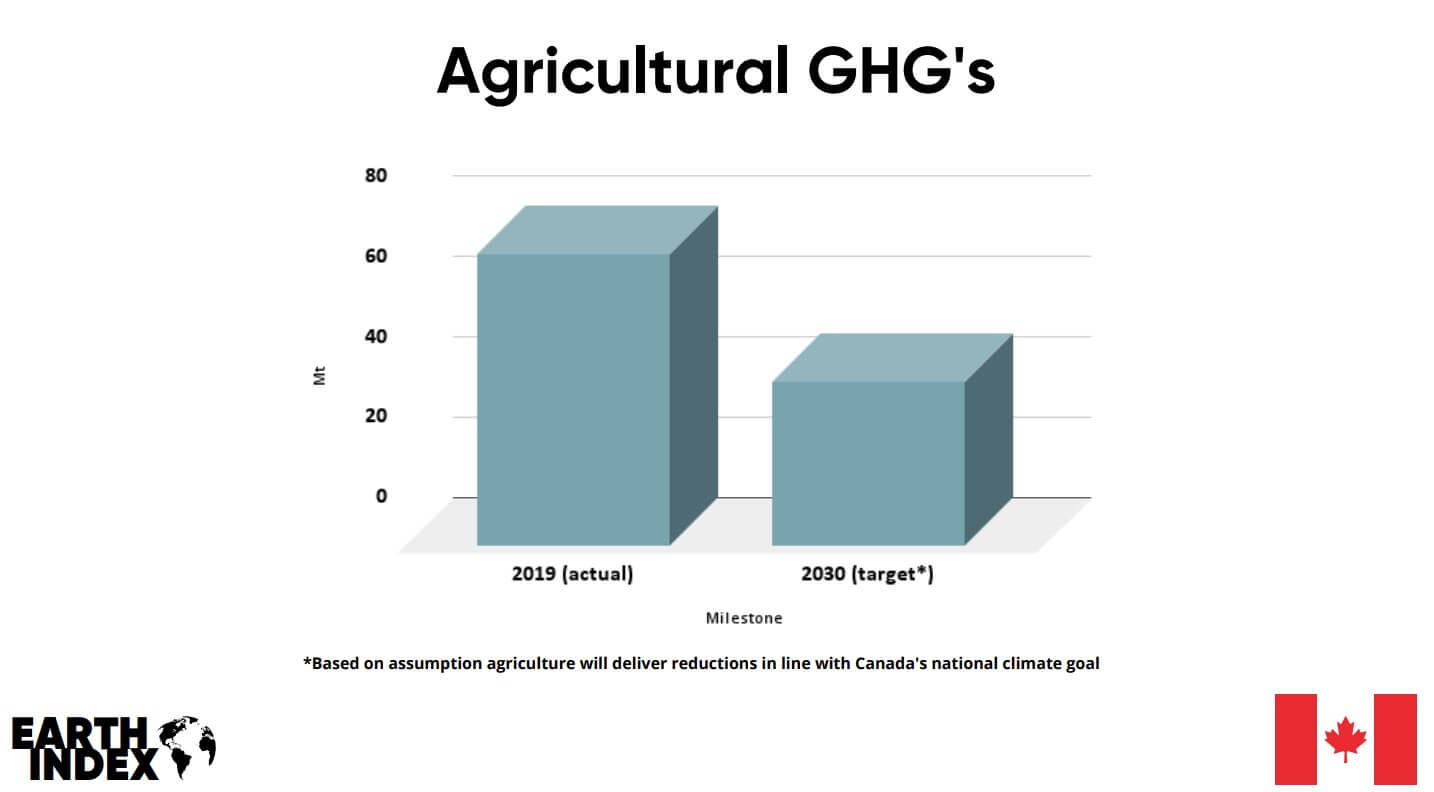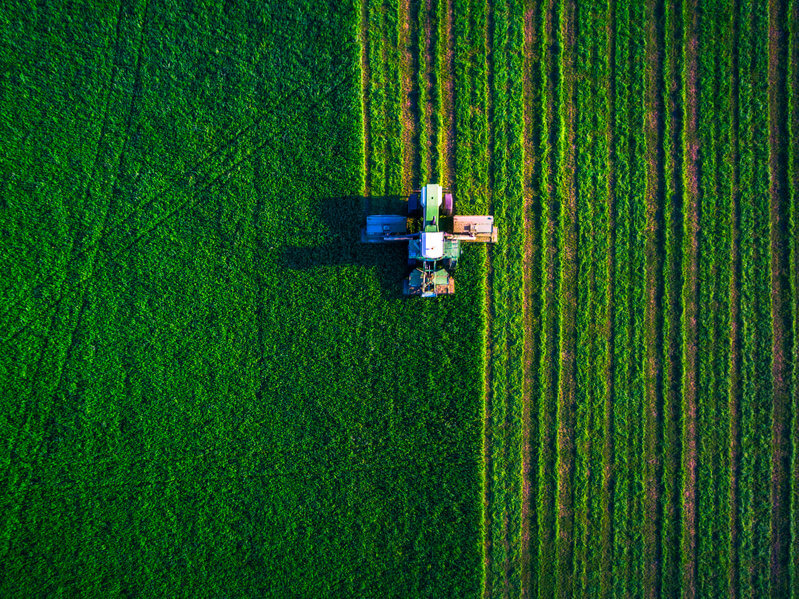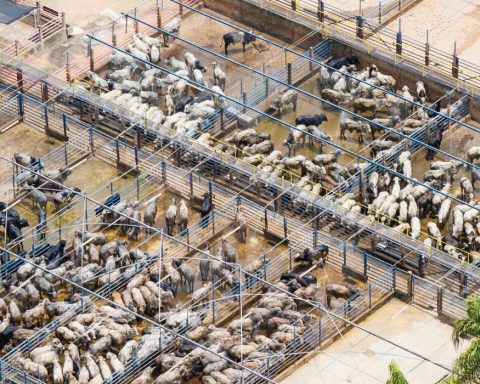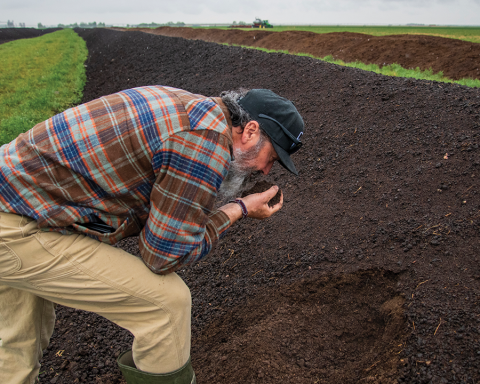From the dairy producers of British Columbia to the potato farmers of Prince Edward Island, agriculture has long been considered the backbone of the Canadian economy. In 2020, the agriculture and agri-food system employed 2.1 million people and provided one in nine jobs. But while the combined sectors generated about 7.4% of Canada’s gross domestic product, according to Agriculture and Agri-Food Canada, crop and livestock farming alone was responsible for 10% of the country’s total greenhouse gas (GHG) emissions in 2019 (730 million tonnes).
And that excludes emissions from the sector’s use of fossil fuels (i.e., diesel tractors) as well as emissions from petrochemical fertilizer production.
Farmers are also on the front lines of the most destructive impacts of the climate crisis, weathering record-breaking droughts, floods and heat waves. A growing number are looking to adopt emissions-curbing practices. A great deal of work lies ahead: to be on track to meet Canada’s national climate goal by 2030, emissions from the agriculture sector must decline at an average annual rate of 2.9 million tonnes per year.
But data from Environment and Climate Change Canada (ECCC) shows a yawning “say–do” gap, with emissions declining by just 0.4 million tonnes in 2019 – less than 14% the rate required to meet 2030 commitments. As such, agriculture is a focus area for Corporate Knights’s recently launched Earth Index initiative, which tracks progress toward meeting national 2030 targets on the road to a net-zero future.

The two biggest sources of greenhouse gas emissions are cattle followed by nitrogen fertilizer, the use of which has spiked (while it’s not counted in the headline numbers ECCC tracks, fossil fuel use related to things like combines come in a close third).
Since 1990, agriculture emissions have risen by a quarter, with petrochemical-based nitrogen fertilizer being the primary culprit. Emissions from nitrogen fertilizer production and use have doubled since 1990 (from 1.2 megatonnes in 1990 to 2.6 megatonnes in 2019, according to ECCC).
Cattle remain the largest source of agricultural greenhouse gas emissions. Though declining beef consumption and shrinking cattle herds (down 25% from the high point of 16.6 million cows in 2005) have partly offset rising nitrogen use, leaving Canadian agriculture emissions largely stalled.
Closing the “say–do” gap
The National Farmers Union (NFU) and Farmers for Climate Solutions have identified options to move the needle for their sector’s emissions.
At the top of their list is reducing nitrogen fertilizer use, and ensuring it’s being applied efficiently, followed by increasing the amount of cover crops that farmers plant. Farmers for Climate Solutions proposed that the federal government spend $300 million on six key programs to help “jump-start GHG reduction efforts by Canadian farmers” over the next two years, including $115 million for better fertilizer management and $115 million for growing more cover crops. Together, the group estimated that the two measures alone could reduce agricultural sector emissions by an estimated 5.1 million tonnes of greenhouse gases over two years. That’s an average of 2.5 million tonnes per year. Such a reduction in the most recent year would have been enough to close the say–do gap.
The federal government will need to spend an additional $115 million every year on this program to ratchet down agriculture emissions to 40.7 million tonnes by 2030 (and to sustain those reductions). This would add up to $1.3 billion per year by 2030.

The federal government’s 2021 budget allocated an additional $200 million over two years for the Agricultural Climate Solutions program (supporting reductions in nitrogen use and increases in cover cropping and rotational cropping), which has now been stretched out over three years (2021–2024). In addition, the federal government’s Agricultural Clean Technology Program recently expanded its envelope to $195 million over five years (2021–2026). On an average annual basis, this works out to just under $100 million a year in federal support to decarbonize farming over the next few years, about $500 million short of what is required to reach our climate goals every year, according to modelling done for the Corporate Knights Build Back Better report.
The federal government is in the midst of developing its next Canadian Agricultural Policy Framework, due in 2023. The NFU has noted that the next framework period, from 2023 to 2028, presents “an opportunity to close this funding gap, empower all farmers to see themselves in climate solutions, and reverse the trend of rising GHG emissions in Canadian agriculture.”
Other solutions
The NFU has brought attention to the urgent need to stop federal insurance supports that incentivize farmers to use more nitrogen fertilizers, as they undermine our climate goals. Instead, the group has called on the federal government to offer insurance to farmers who adopt beneficial management practices that reduce input use and emissions, so that their margins will not suffer if there are growing pains.
Carbon credits for farmers could also be an effective means of reducing emissions. In March of last year, the federal government unveiled draft regulations for its Greenhouse Gas Offset System, specifying that “farmers who reduce or remove GHG emissions through regenerative agriculture practices … may be able to generate offset credits which can then be sold, providing a financial incentive.”
Many farmers are keen to learn more and implement regenerative, low-carbon farming methods as stewards of their land and soil. Low-carbon methods also promise more economic resilience by reducing farmers’ ever-growing debt burden, which now sits at $121 billion, mostly due to costly fossil fuel inputs.







